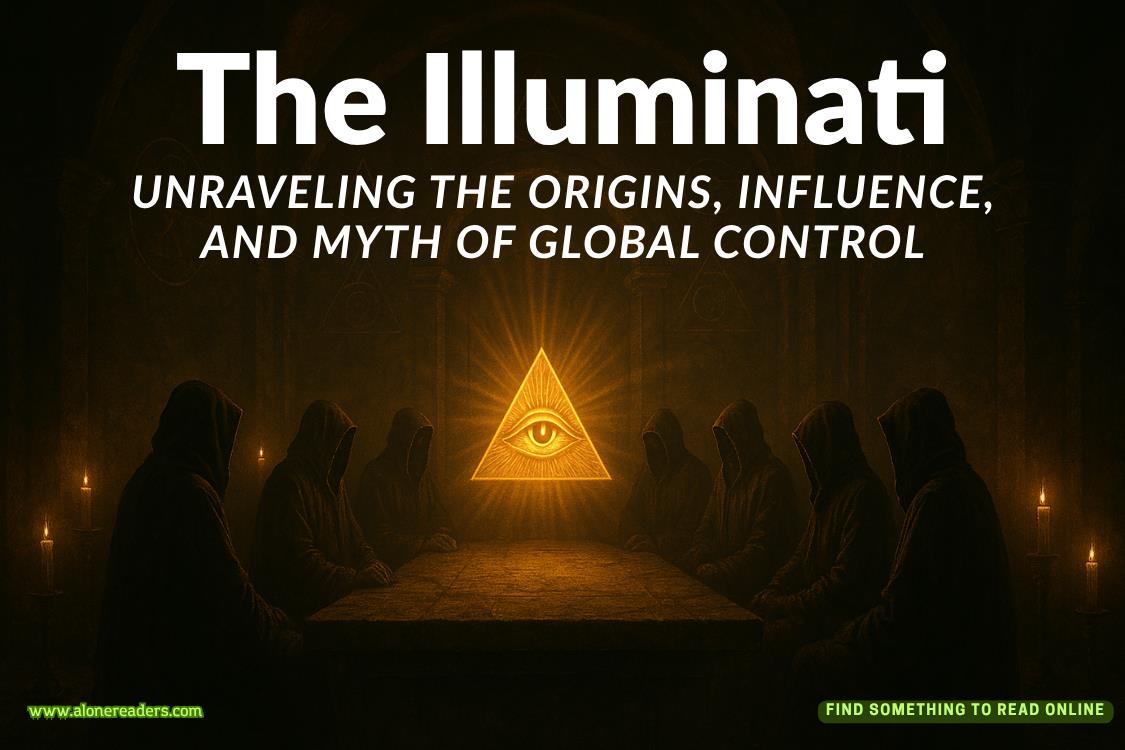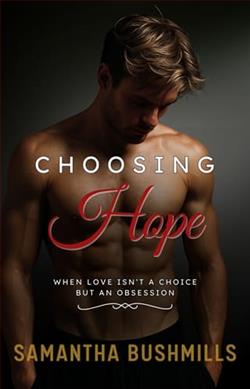Page 39 of Home Before Dark
Dane gets the hint and backs away from the desk, joining me at the second closet as I pull the door open.
Inside is a teddy bear.
It sits on the floor, back against the wall like a hostage, its once-brown fur turned ashen from years of dust. One of its black-button eyes has fallen off, leaving a squiggle of thread poking from its fur like an exposed optic nerve. Around the bear’s neck is a red bow tie, the ends squashed, as if it had been hugged too tightly for too long.
“Was this yours?” Dane says. He gives the bear a squeeze, and a puff of dust rises off its shoulders.
“No,” I say. “At least, I don’t think so. I have no memory of it.”
A thought occurs to me. A sad one. It’s possible this bear had once been Katie Carver’s and was left behind, like so many of the family’s belongings. My father, not knowing what to do with it, might have stuck it in the closet and forgotten about it.
I take the bear from Dane, set it on the desk next to the record player, and return to the closet. There’s something else inside, perched on a top shelf.
A blue shoebox.
Just like the one my father claimed to have found in the Book. Filled with strange pictures of Katie’s father.
My unease returns. Stronger now, and more insidious. Withtrembling hands, I take the box to the desk and open it, already knowing what I’ll find inside: a Polaroid camera and a stack of photos.
I’m right on both counts.
The camera fills one end of the box, clunky and heavy. The photos—five of them in all—lie haphazardly beside it. But instead of Curtis Carver’s vacant stare, the first photo I see is, shockingly, of me. Like the one in the parlor, it bears only the faintest resemblance to me.
I’m wearing jeans and a Batman T-shirt in the photo, which was snapped in front of Baneberry Hall, the house lurking in the background like an eavesdropper. Its presence means I was five at the time. Because there’s no scar on my cheek, I also assume it was taken in the first three days of our stay. There’s not even a bandage.
It’s also missing in the next photo, which shows me standing with two other girls, one roughly my age and the other much older. We’re in my bedroom, lined up in front of the armoire, our eyes glowing red from the flash and giving us the look of demon children.
The younger girl I recognize. I saw the same features in the face of the woman I met last night. The only difference is a present-day hardness not evident in this younger version of herself.
Hannah Ditmer.
Which means the older girl in the photo is Petra.
She’s so pretty it takes my breath away. Long limbs, creamy skin, blond hair that’s been piled atop her head. Unlike Hannah and me, who stand stiff-backed with our arms at our sides, Petra strikes a playful pose. Hand on her hip. One leg bent in a backward kick. Flash of bare feet, toenails painted red.
We’re dressed for sleep, Hannah and me in pajamas, Petra in a large white T-shirt and Umbro shorts. She also wears a necklace—a tiny crucifix hanging from a slender gold chain.
I remember that night. Or at least the Book’s version of it. The sleepover gone terribly wrong. It was one of the first things nine-year-old me obsessed about—how I had absolutely no memory of thathorrifying night. I spent nights awake, scared that what I’d read was true. Because it was indeed scary. A kind of nightmare-in-a-horror-movie scenario that no one would want to experience. But I had and couldn’t recall any of it, which meant that something must have been terribly wrong with me.
After several sleepless nights staring at the ceilings in both of my bedrooms in both of my parents’ separate homes, I began to realize that the reason I couldn’t remember the events in the Book was because they never happened.
I had assumed that included the sleepover.
But according to this Polaroid, I was wrong. There was, at some point in our twenty days at Baneberry Hall, a time when Hannah and Petra had spent the night.
At least part of it.
Petra’s in the next photo as well, standing in the kitchen with my mother. The two of them stare up at a giant hole in the ceiling in a pose of unintended synchronicity. Both in profile, their heads tilted back and their throats exposed, they could pass for mother and daughter. It makes me wonder if my mother ever saw this photograph and, if so, how it felt to see herself pictured with a younger woman of a similar nature. A girly girl. The kind of daughter she’d never have.
There are two other people in the photo, overlapping in the background. In front is an older man in flannel and jeans making his way up a ladder. Behind him is someone younger, barely visible. All I can make out is a crescent of face, a bent elbow, half of a black T-shirt, and a sliver of denim.
Walt Hibbets and my father. Two days after the kitchen incident.
Like the sleepover, it’s one of the most famous passages in the Book. And, if this photo is to be believed, also similarly rooted in truth.
I hold both Polaroids side by side, studying them, my stomach slowly filling with a queasiness that began the moment I found theshoebox. It’s the sinking feeling that comes with bad news, dashed hopes, sudden heartbreak.
It’s the feeling of realizing what you thought was a lie might be true.















